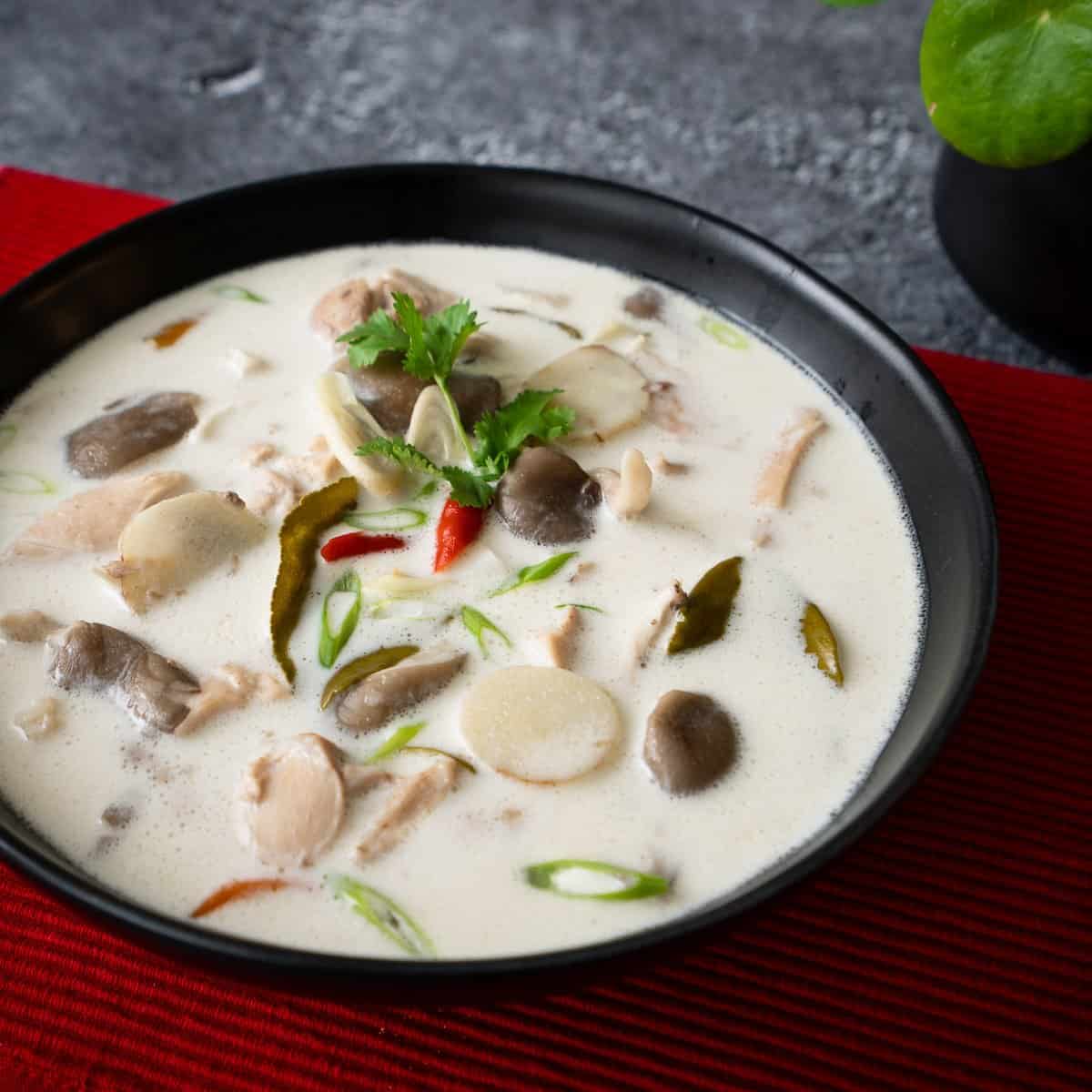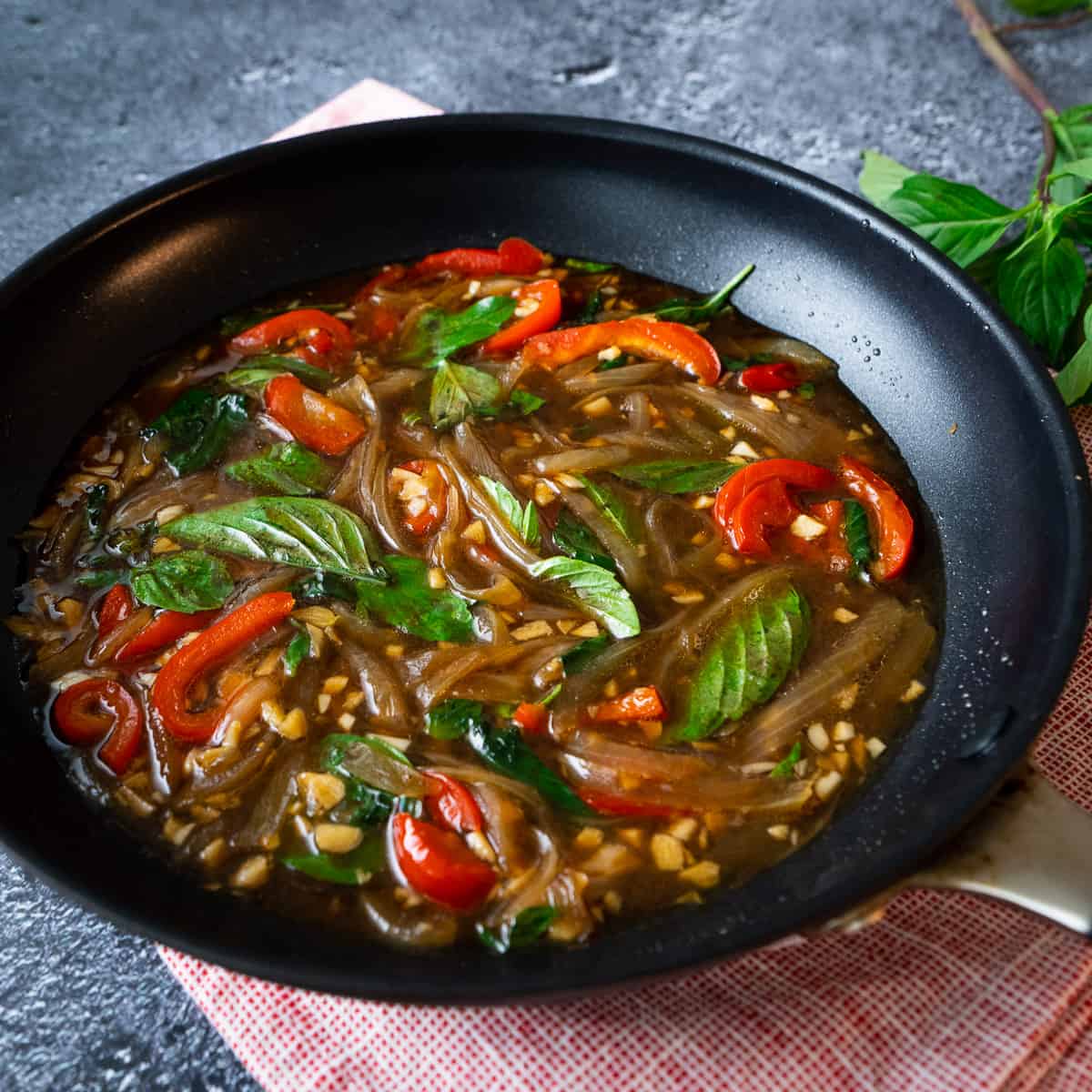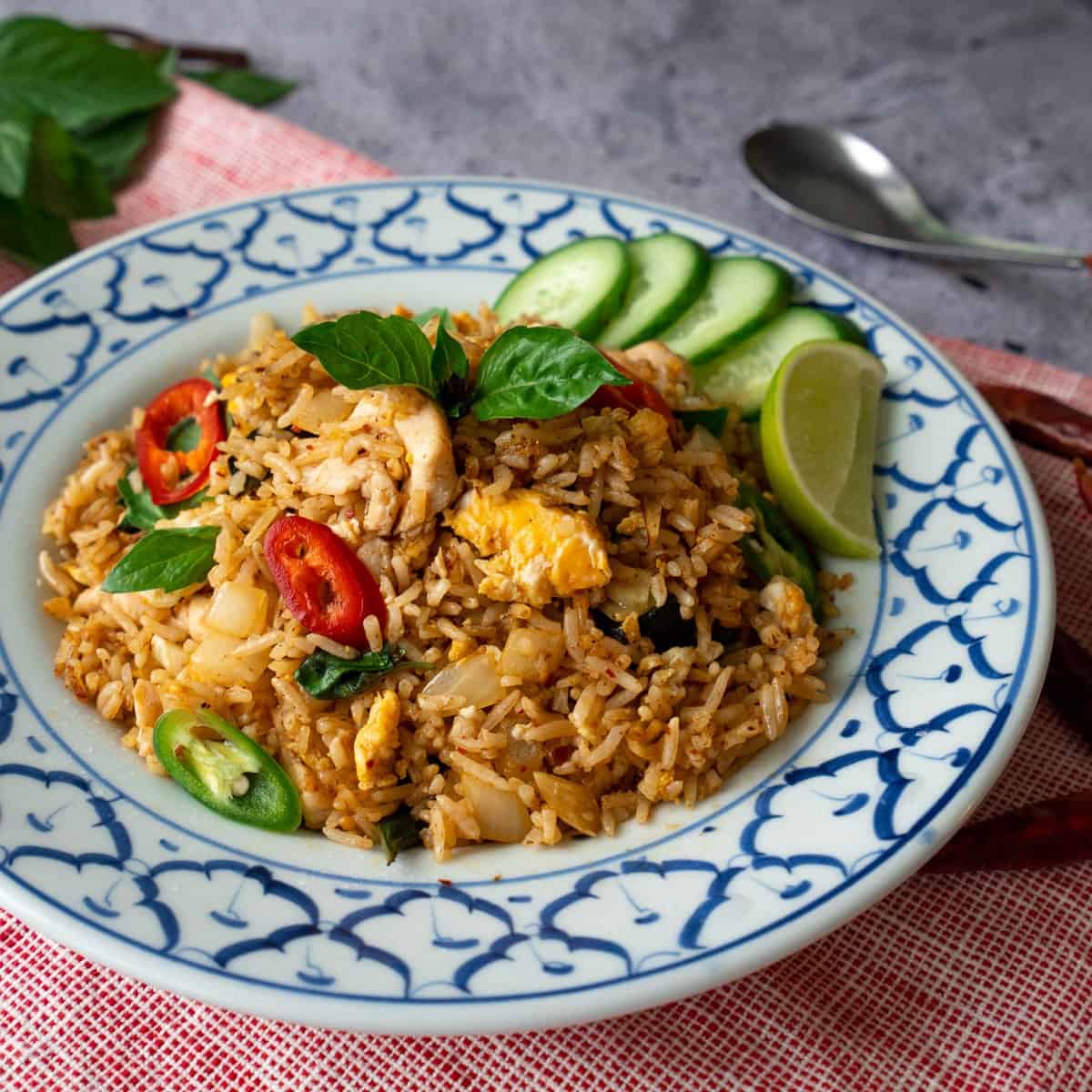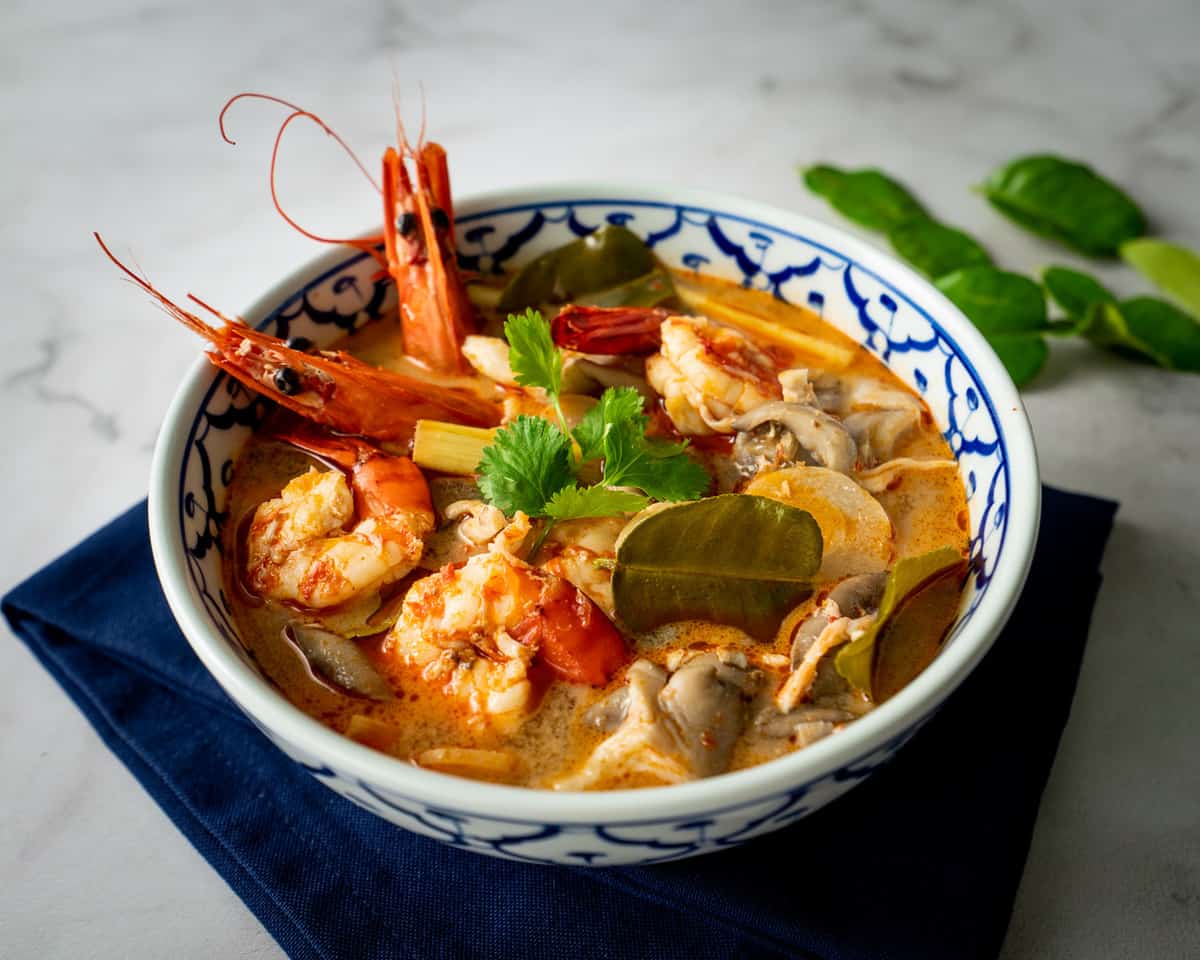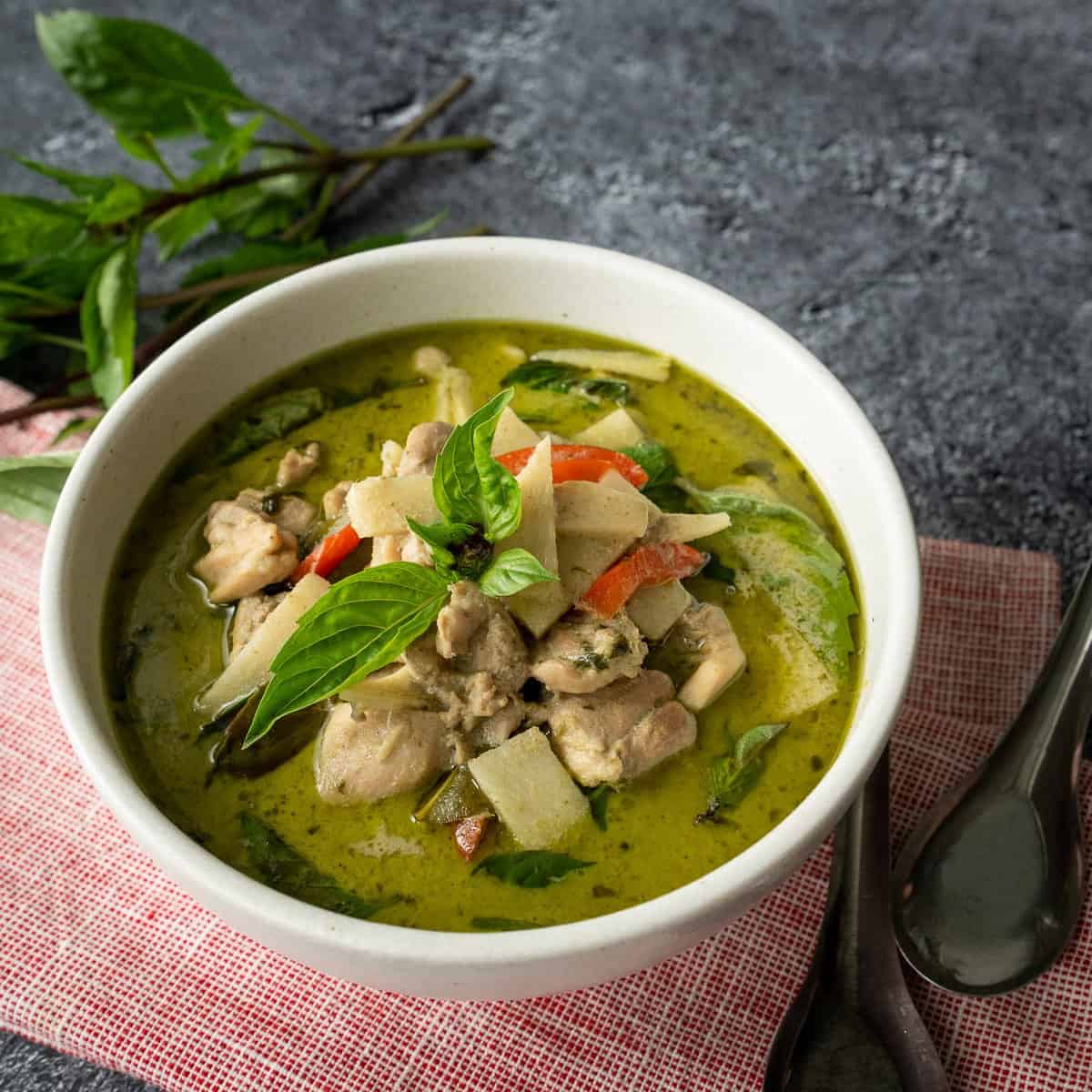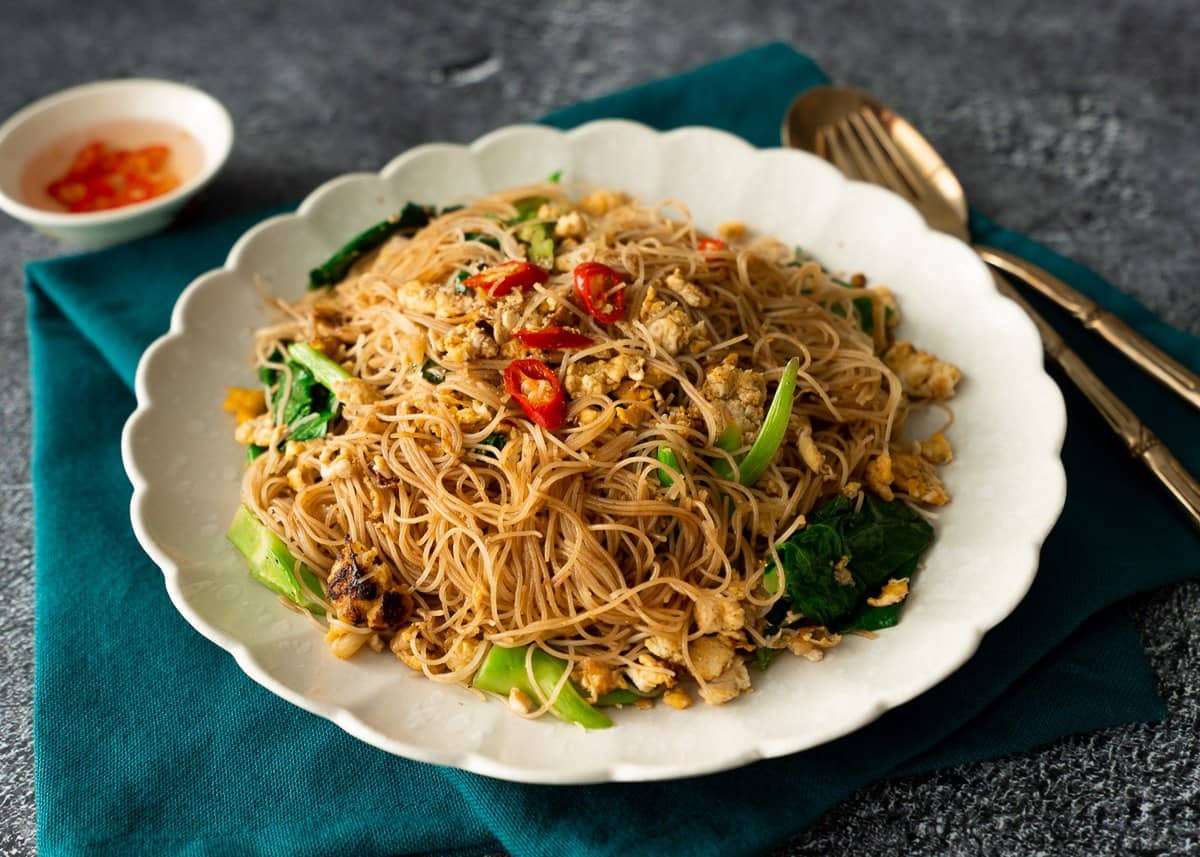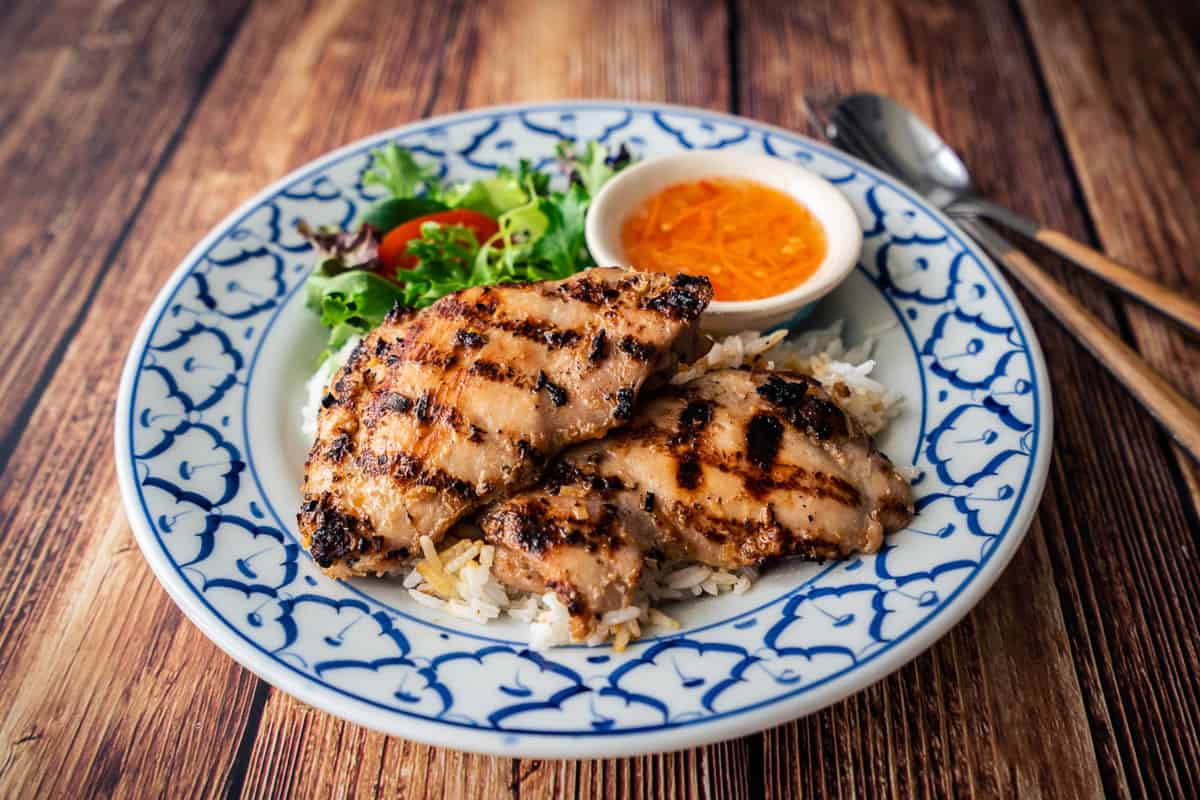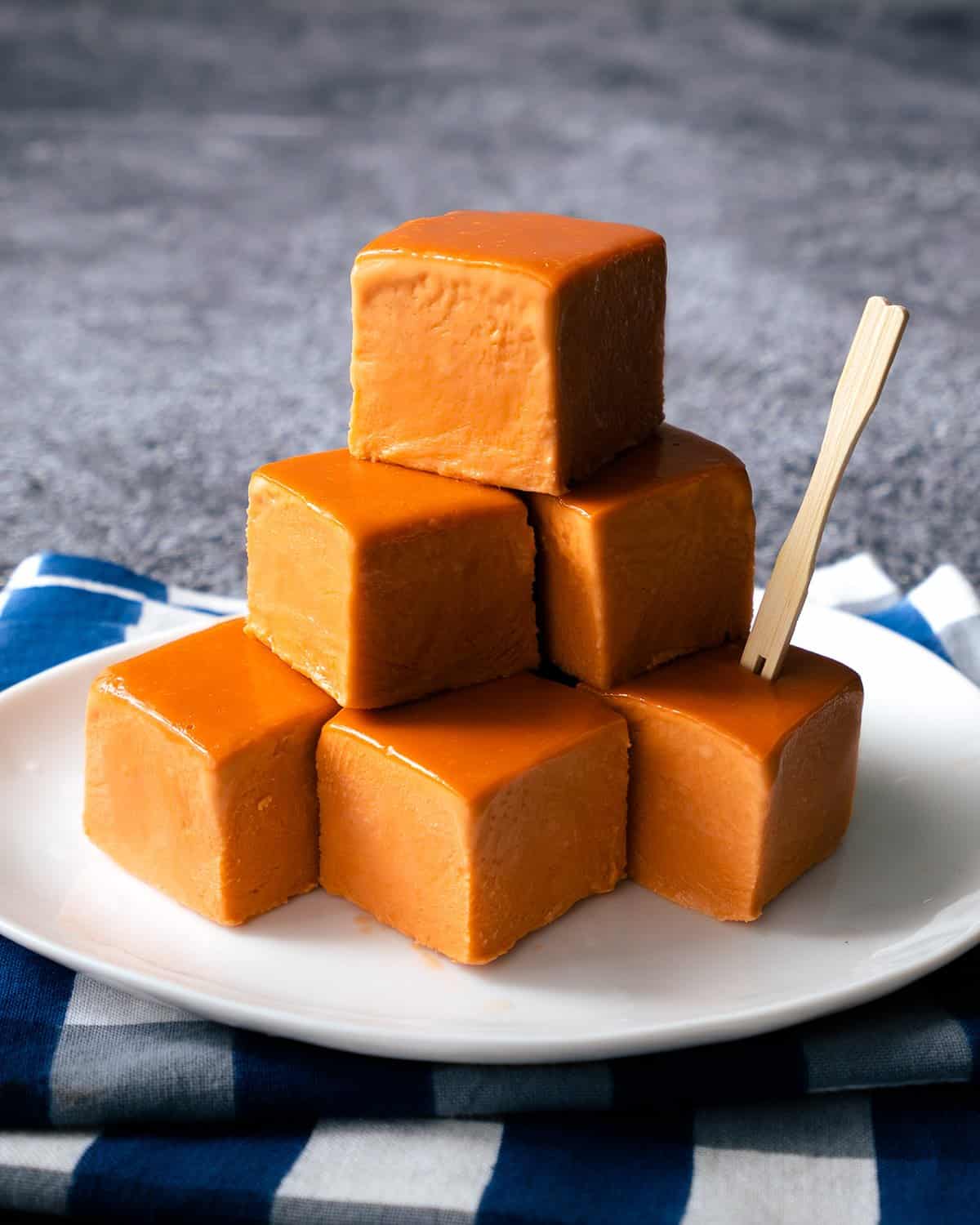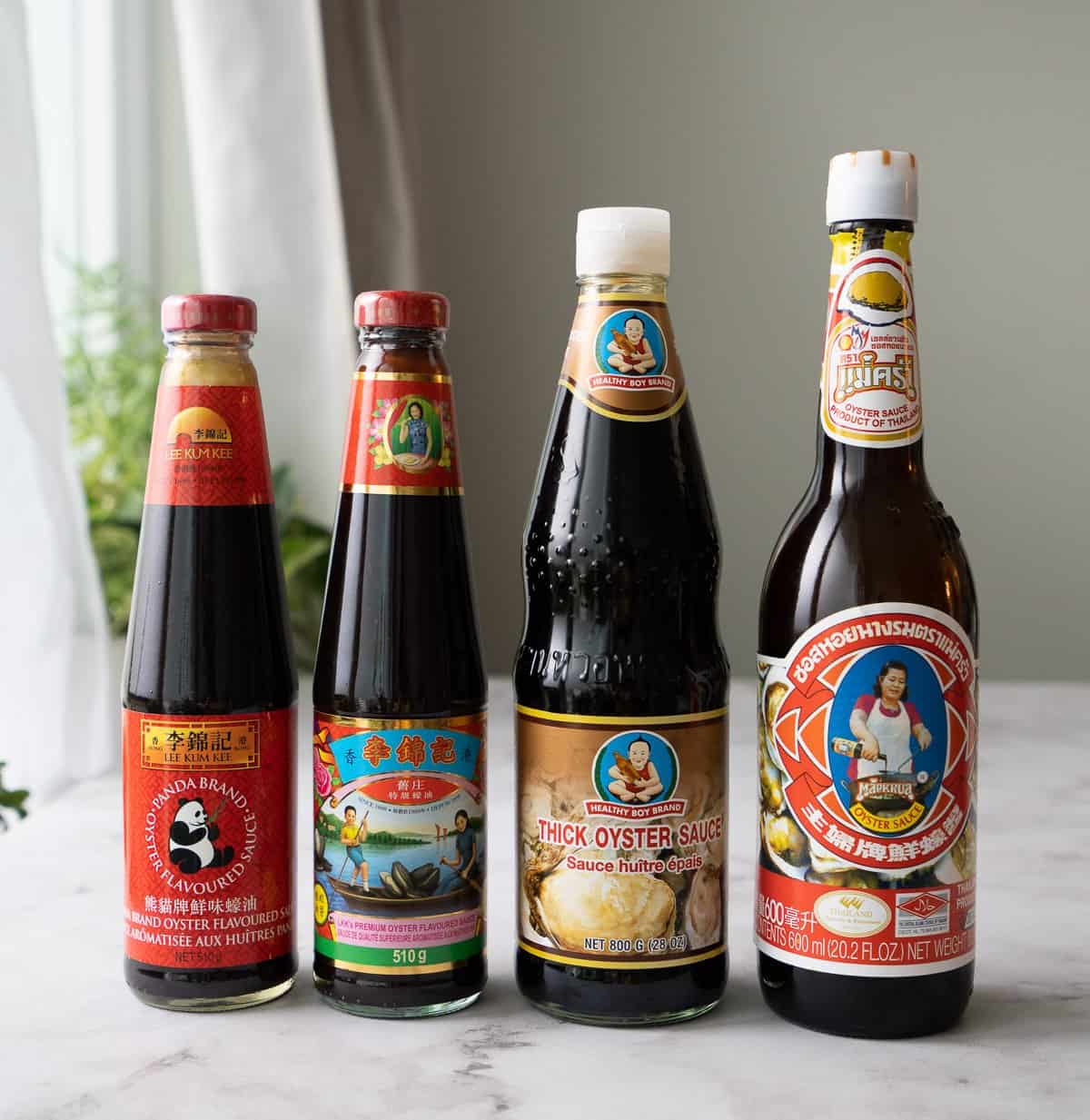5 Ways to Use Whole Grain Rice (Brown, Red & Black Rice)
Don't want to read? Watch the video instead!
As much as I LOVE a beautiful bowl of fragrant white rice, there's no denying that it isn't the healthiest option. Lucky for us Thailand grows many different types of whole grain rice, namely brown rice, red rice and black rice, also known as riceberry. In this video I share with you some of the ways you can incorporate these healthy whole grain rices into your recipes, beyond just steaming it up as a side dish!
For more information on different types of Thai rice, check out my special Thai Rice 101 series here!
1. Rice Salads
Rice salad, yes! If you’ve never used rice in a salad, well, you’re about to be pleasantly surprised. It is a thing we do in Thailand, and one of my favourite recipes is " Kao Yum " (or what I call rainbow rice salad) which is a classic southern Thai dish. Riceberry is perfect for something like that because it adds not only another colour, but also texture and a unique aroma. You can even make it into a "Laab ", which usually has all meat, and I would try adding a little riceberry into it.
And it doesn’t even have to be a Thai salad! The Italians do rice salads apparently, or you can try incorporating rice into something like a tabouleh.
My only advice for making a rice salad is to make sure the rice is not refrigerated. So think room temp or warm salads here. When you refrigerate rice the starch becomes hard and brittle, and really isn’t very good. It’s not like a pasta salad where you can completely chill the pasta and it’s still a pleasant texture.
2. Fried Rice:
Yes, you CAN make fried rice with whole grain rice. Not only that, it’s even easier to do so because whole grain rices are whole grain. This means each grain has a jacket of fiber all around it, preventing the rice from becoming clumpy. So rice grains separate beautifully in the wok and you never have to worry about clumpy fried rice, which is often an issue with white rice!
You can make fried rice with any of these whole grain rices, but I personally love using brown rice. This is because it’s mildest in flavour so you can still taste all the sauces and spices you add. If you use Thai jasmine brown rice, it's also more tender than any other kinds of brown rice so you will still get that wonderfully soft fluffy fried rice. Also it’s light in colour, so if you’re making something like a pineapple fried rice , the yellow iconic colour will still come through. And a green curry fried rice would still be green!
TIP: When cooking whole grain rice for fried rice, make sure you don’t undercook it. Make sure you cook it until the grain’s little bran jackets burst open, exposing the inside starchy bit because that's the part that will absorb the sauce.
3. Soups & Congee
In Canada people love making chicken and wild rice soup, beef and barley soup, or soups with lentils or grains in them. Any of the Thai whole grain rice would be perfect in those dishes. Having said that, this is something I love using Thai red rice for. This is because red rice is firmer and less starchy than the other colours, so it holds its shape really well in soups, and won't disintegrate or gum up your soup easily. Simply stir cooked red rice into soup at the end of the cooking process, let it simmer for a few minutes and you're done!
You can also do congee! Red rice makes the most beautiful congee (see video for how pretty it is!) and so does riceberry. But because it is not starchy at all, you’ll need to add a little bit of white rice to give it that creaminess to help it bind together. I usually do half and half, but you can get away with even just ¼ part white rice.
4. Sushi
Yes, you CAN make riceberry sushi! This really surprised me when I found out because I didn’t think it would be sticky enough, but turns out riceberry is quite sticky. However, the trick is that you have to make sure you cook it enough (I usually do 1 part rice to 2 parts water for this). You wanna make sure the grains really open up and release a lot of the starch, which is the glue that will bind the grains together. If you cook it JUST enough, and the grains haven't really burst and released the starch, you will have a hard time getting the grains to stick together.
You can season the rice as per your usual sushi recipe, and when you stir it you will notice that there's some purple goo sticking to the bottom of the bowl. That is a good thing. That tells you there's enough starch that's been released and your rice will stick well. You can also do a mix of riceberry and sushi rice too if you're afraid it won't be sticky enough. To do this, cook the 2 rices separately and stir them together after because they do not take the same amount of water.
5. Desserts
Finally, dessert! This is something I also love using riceberry for because it’s softer and has that beautiful aroma that works incredibly well in desserts. It is also visually striking, which is also a bonus for desserts. It makes a gorgeous rice pudding , whether Asian style or Western. Again for a little extra binding for that added creaminess, add a little bit of white rice in the mix, or you can add a little bit of cornstarch slurry to help it thicken. Serve it warm, and it’s such an easy, soul-satisfying dish.
Watch The Full Video!
The post 5 Ways to Use Whole Grain Rice (Brown, Red & Black Rice) appeared first on Hot Thai Kitchen.
